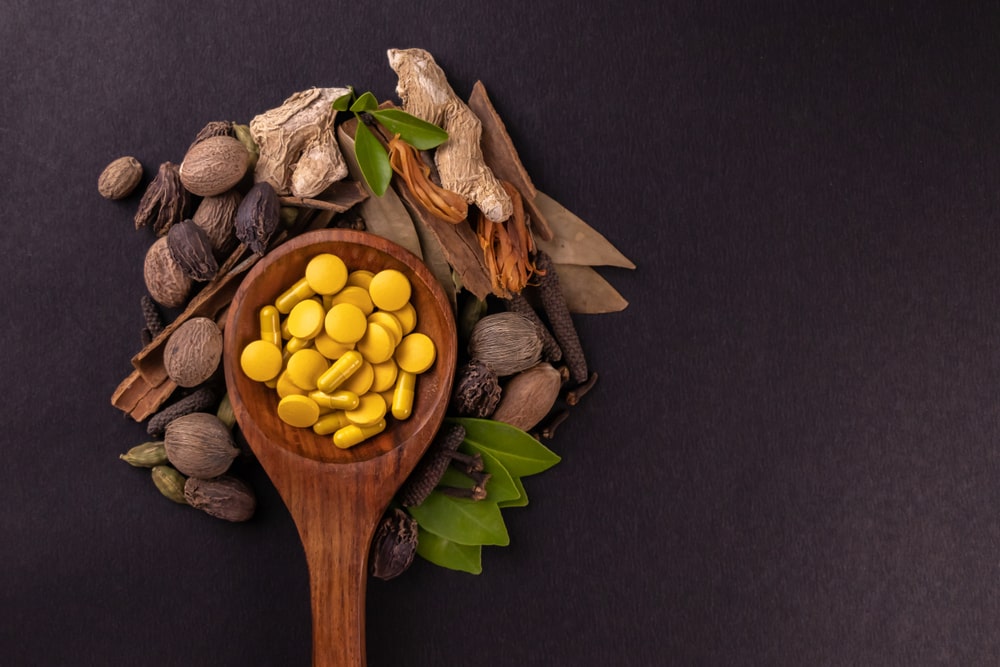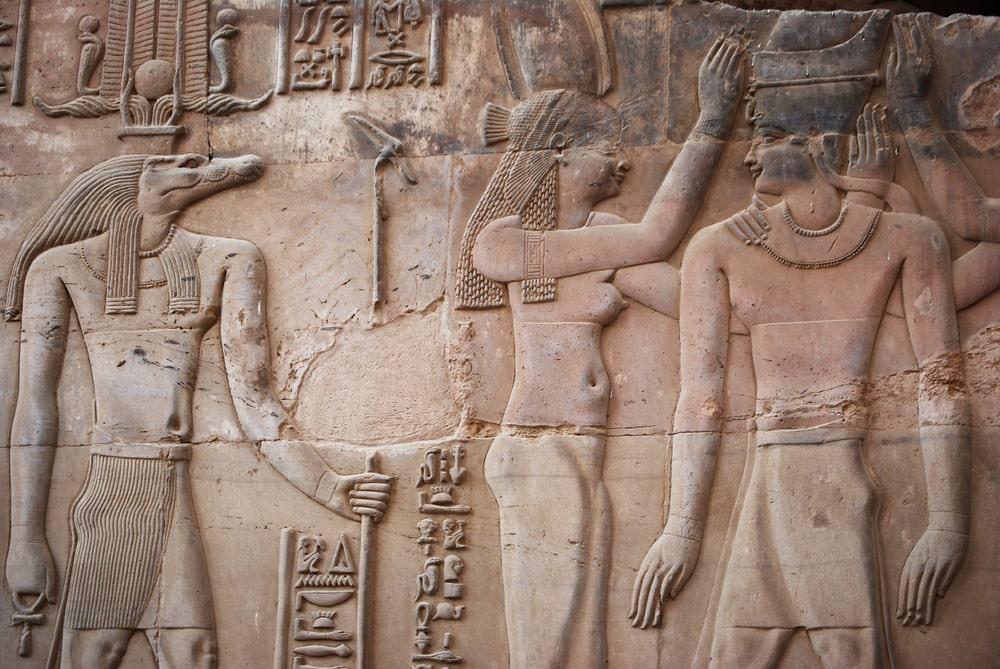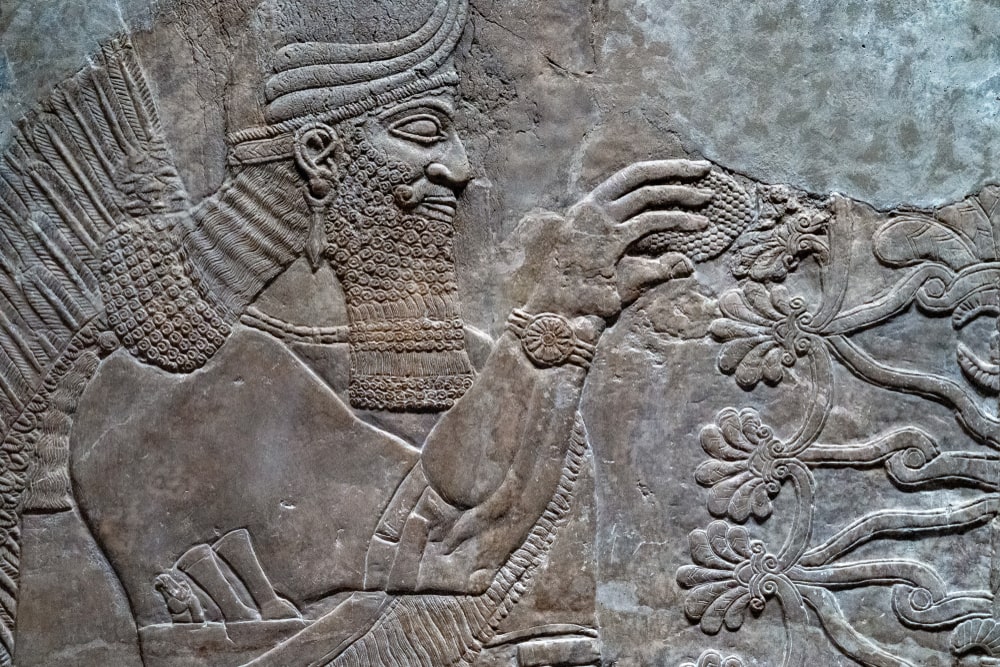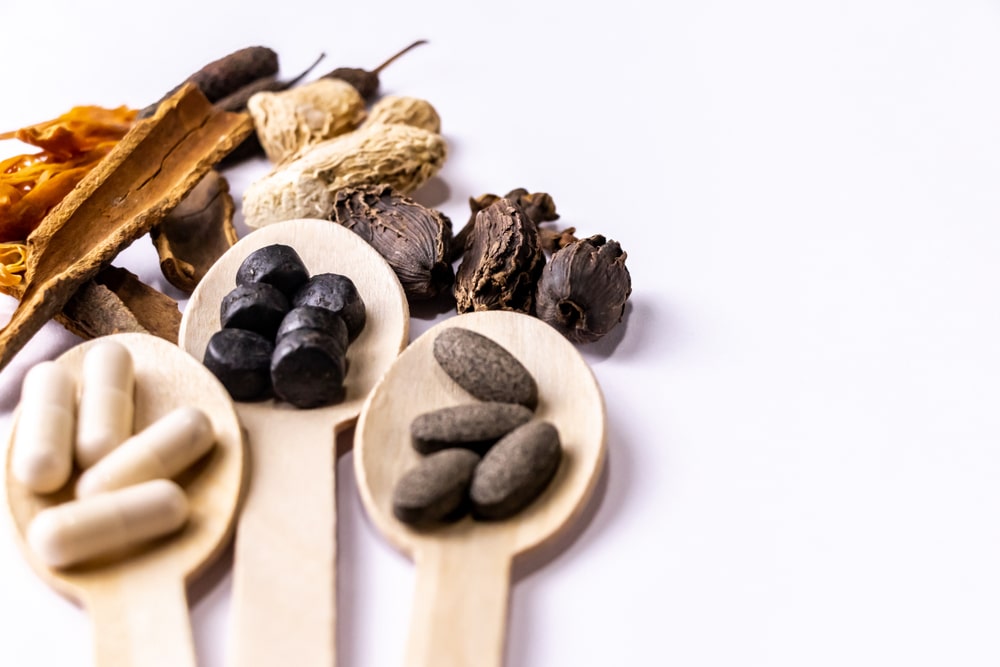Table of Contents
Defination
Plants from natural sources are served for the benefits of man kinds. The drugs that are procured from natural sources belong to the branch of Pharmacognosy. Earlier only the external morphological characters were used to identify a drug. In the beginning, Pharmacognosy had developed mainly on the botanical side, being particularly concerned with the description and identification of drugs, both in their whole state and in powder form. Modern aspects of Pharmacognosy include not only crude drugs but also their natural constituents and derivatives. The word Pharmacognosy is derived from the Greek words “Pharmakon” (drug), and “gnosis” (knowledge).
Pharmacognosy is closely allied to medicine, developed during the early 19th century as a branch of Materia Medica and applied biology.
Pharmacognosy is an applied science that treats medicinal and related products of crude or primary type obtained from :
- plants
- animals,
- minerals
- marine sources.
Pharmacognosy is a study of crude drugs of natural sources including:
- knowledge of the history
- distribution,
- cultivation,
- collection,
- processing, for market and preservation,
- study of physical, chemical, and structural characters
- uses of crude drugs.

Pharmacognosy science is concerned with studying the following subjects:
- Taxonomy of plants and the natural sources of drugs.
- Distribution of natural products worldwide.
- Description of plants such as Trees (Cinnamon, cinchona, Salix), shrub, (Vinca), Perennials (Peppermint).
- The active constituents from natural sources (active groups) like (glycosides, alkaloids, volatile oils, tannins, etc.).
- The biosynthesis and storage places of the active constituents in organisms (plants, animals, etc.).
- The part used from the natural sources in medicine and pharmacy such as leaf (Senna, Mint, Digitalis), roots (Liquorice), seeds (Nux Vomica, Coffee bean), bark (Cinnamon).
- Collection and Storage of the part used.
To understand the basic concept of Pharmacognosy, some general functions of Pharmacognosist is:
- Identification of the drug sources.
- Determination of the morphological character.
- Investigation of potency, purity, and admixture.
- Planning and designing the cultivation of medicinal plants.
- Prescription of the detailed processes of collection, drying, and preservation.
- Knowledge about extraction and isolation procedures.
- Knowledge about active constituents, phytoconstituents, chemical nature, and uses.
- Knowledge about the physical, chemical, biological, and microbial evaluation of drugs.
Scope of Pharmacognosy
Pharmacognosy has an important role in the development of different sciences:
- The pharmacognosist should know terms covered under botany and Zoology
- The knowledge of plant taxonomy, plant breeding, and plant genetics is helpful in the development of cultivation technology for medicinal plants
- Plant chemistry (Phytochemistry) is concerned with the variety of substances that are synthesized and accumulated by plants and deals with the structural elucidation of these substances.
- The technology involved in the extraction, purification, and characterization of pharmaceuticals from natural sources helps in the advancements of natural and physical sciences.
- The knowledge of chemotaxonomy, biogenetic pathways for the formation of medicinally active primary and secondary metabolites is important for a complete understanding of the subject ‘Pharmacognosy’
- Pharmacognosy is an important link between Pharmacology and Medicinal chemistry. As a result of the rapid development of plant chemistry and pharmacological testing methods, new plant drugs are now used as purified phytochemicals. The knowledge of pharmacology is essential for understanding the action of the drug on animals and human systems.
- Pharmacognosy is a vital link between Ayurvedic and allopathic systems of medicines.
Crude Drugs
- It means the harvested and usually dried plant or animal sources of pharmaceutically or medicinally useful products before they have undergone extensive processing or modification.
- Crude drugs are derived from the mineral, vegetable, and animal kingdoms.
- Crude drugs of vegetable, animal, and mineral origin form the subject matter with which pharmacognosy is concerned.
Examples of Crude Drugs
- Entire plants or animals: Mentha, Lobelia, Cantharides, Cochineal.
- Entire organs of plants or animals: Senna, Clove, Fennel, Linseed, Quassia, Cinchona, Liquorice, Thyroid gland.
- Minerals: chalk, kaolin, talc.
- Substances derived from plants or animals (unorganized): opium, aloes, tragacanth, resins, musk, beeswax, gelatin.
History of Pharmacognosy
Ancient Egyptian period

- The ancient Egyptians 3000 B.C. were experts in using drugs for curing diseases.
- The healing of the sick was undertaken by priest doctor and pharmacist “Son” who prescribed and prepared medicines.
- Crude drugs of vegetable origin used included Aloes, Gum, Myrrh, Poppy, Pomegranate, Colocynth, Linseed, Squill, Coriander, Onion, Anise, Melon, Castor, etc…
The first recorded prescriptions were found in Egyptian tombs. These were the Hieratic papyri (by Edwin Smith in 1862), Ebers papyrus (by Edwin Smith in 1862, Hieratic language), the Gynecologic papyrus.
The Babylonians

- The Babylonian medicine was known (Laws of Hamorabi 772 B.C.).
- the drugs used were mainly of vegetable origin.
- The drugs used include 250 materials of plant and 180 materials of animal source. Many of these drugs were known to the ancient Egyptians.
Old Indian medicine
- The “Riveda” and Ayurveda (Acoko 2000 B.C.), contained sacred medicinal plants.
- The collection of plant materials was done only by an innocent, pure, religious person.
- The fresh plants were considered to be the most effective.
- The most celebrated Indian drugs were; Sandalwood, Clove, Pepper, Cardamom, Caraway, Ginger, Benzoin, Cannabis, Castor oil, Sesame oil, Aloes, etc…
The old Chinese medicine
- Besides the famous acupuncture, Chinese medicine is very acknowledged for herbal medicine.
- The Pen Ts’ao Kang Moa 1000 B.C. contained an incredible number of medicinal plants and drugs of animal origin.
- Their book includes many recipes for every disease. Among the plants and minerals highly esteemed for their magic health including power were; Ginseng, Rhubarb, Ephedra, Star Anise, Pomegranate, Aconite… Opium is a very old Chinese drug for diarrhea and dysentery.
The Greek and Romans
- Pythagoras (560 B.C.) used drugs as Mustard and Squill, etc…
- Hippocrates (466 B.C.) was familiar with numerous drugs, and wrote “Corpus Hipocraticum 460 B.C.”.
- The Greek Empire was followed by that of the Romans Dioscorides who was a Greek by birth he was the first to describe drugs and his work “Greek Herbal of Dioscorides” included 5000 medicinal plants in addition to animal and mineral drugs.
Islamic Contribution
- In Islamic writings were found the first beginnings of chemistry, the name of which is derived from an Arabic word “Kemia”; as were also such familiar words alcohol and alkali.
- The Arabs added numerous new plants and medicaments to those already known to the Greeks and Romans.
- In their days, pharmacy attained its highest reputation and became an independent branch of medicine.
- It is interesting to note that the first dispensary was opened in Baghdad, the center of trade in those days.
Make sure you also check our other amazing Article on : Powders
